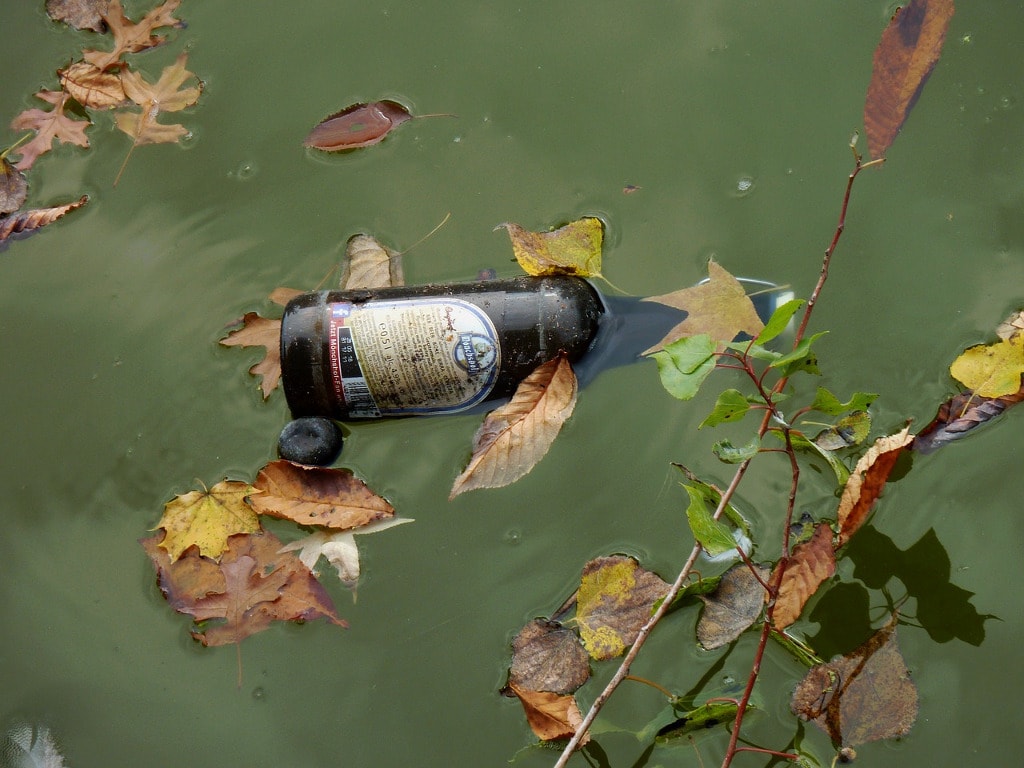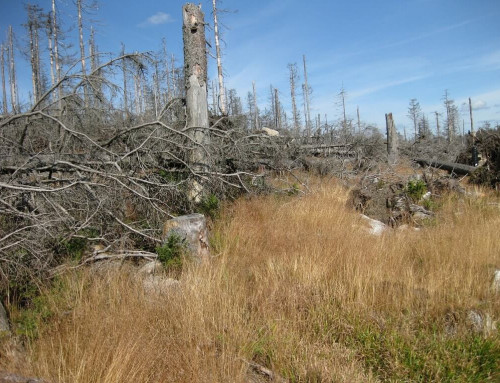ZIMSEC O Level Geography Notes: Natural Resources: Water: Water pollution
- Water pollution is the contamination of water bodies for example lakes, rivers, oceans, aquifers and groundwater.
- This form of environmental degradation occurs when pollutants are directly or indirectly discharged into water bodies without adequate treatment to remove harmful compounds.
- Water pollution can also be defined as the process of making water too dirty and dangerous for people to use in a safe way.
- The most obvious type of water pollution affects surface waters.
- The amount of fresh water available for human consumption is being reduced by water pollution.
- There are also two different ways in which pollution can occur.
- If pollution comes from a single location, such as a discharge pipe attached to a factory, it is known as point-source pollution.
- Other examples of point source pollution include an oil spill from a tanker, a discharge from a smoke stack (factory chimney), or someone pouring oil from their car down a drain.
- A great deal of water pollution happens not from one single source but from many different scattered sources. This is called nonpoint-source pollution.
- Sometimes pollution that enters the environment in one place has an effect hundreds or even thousands of kilometres away. This is known as transboundary pollution.
- One example is the way radioactive waste travels through the oceans from nuclear reprocessing plants in England and France to nearby countries such as Ireland and Norway.
- Water can be polluted by:
- Human and animal wastes.
- Industrial effluent.
- Chemicals like pesticides and fertilizers from agriculture.
- Oil spills from oil tankers and garages.
- Domestic wastes for example cooking oils and detergents.
To access more topics go to the O Level Geography Notes page




